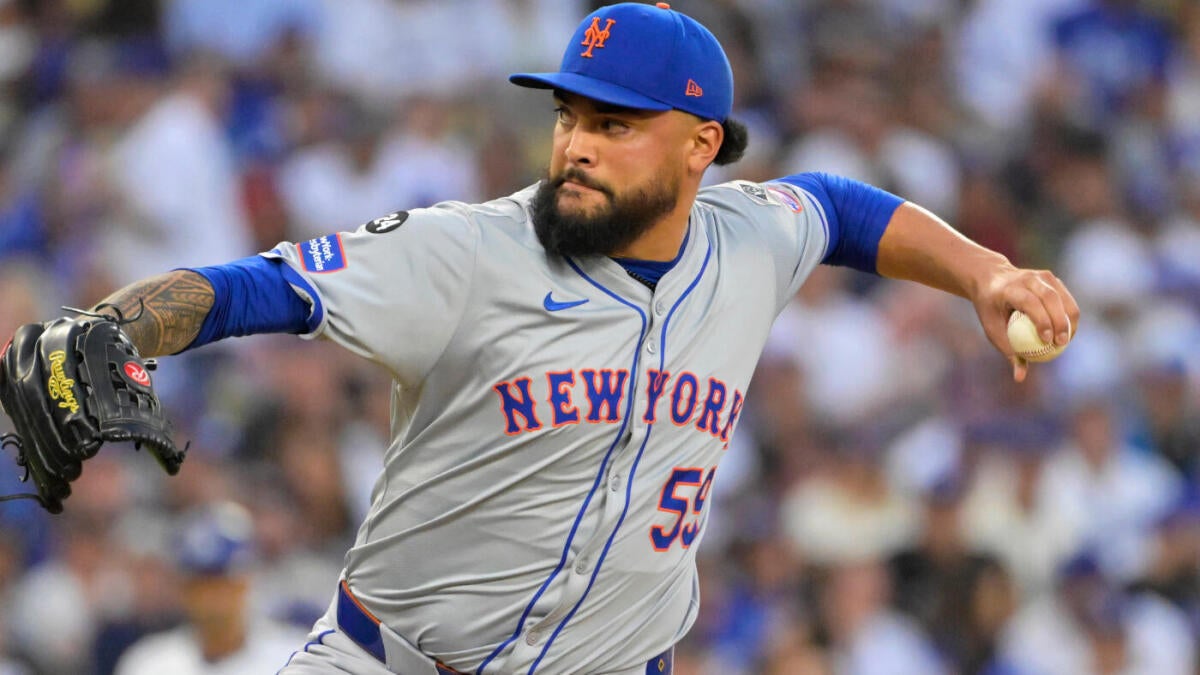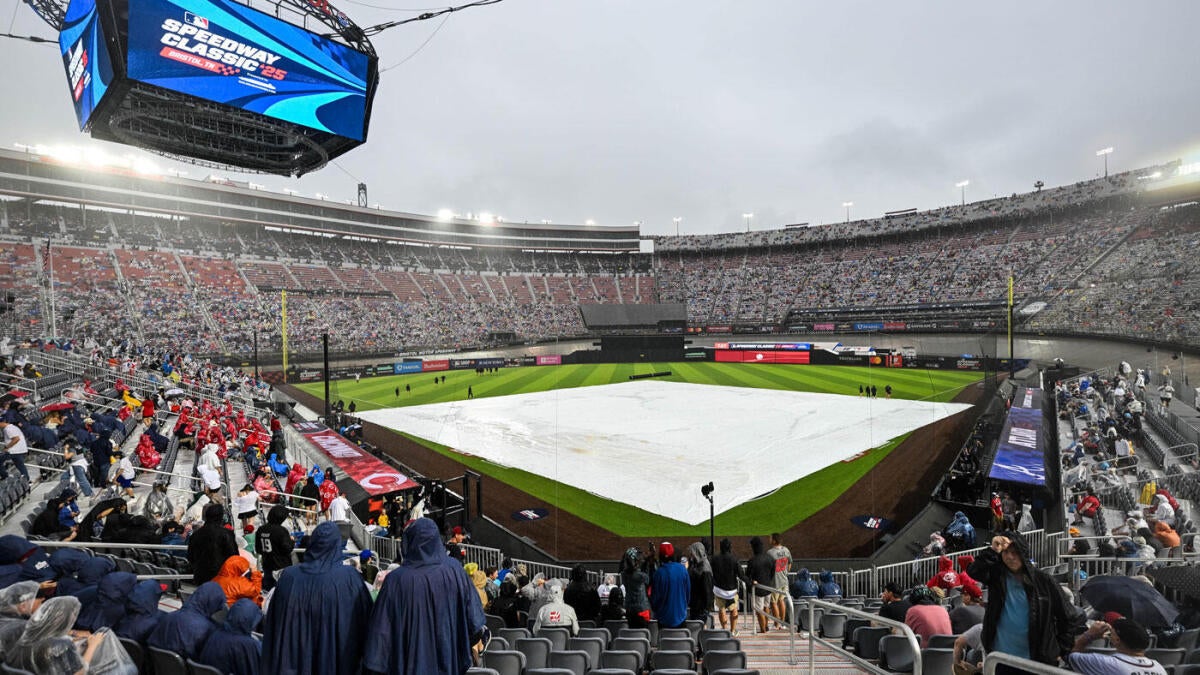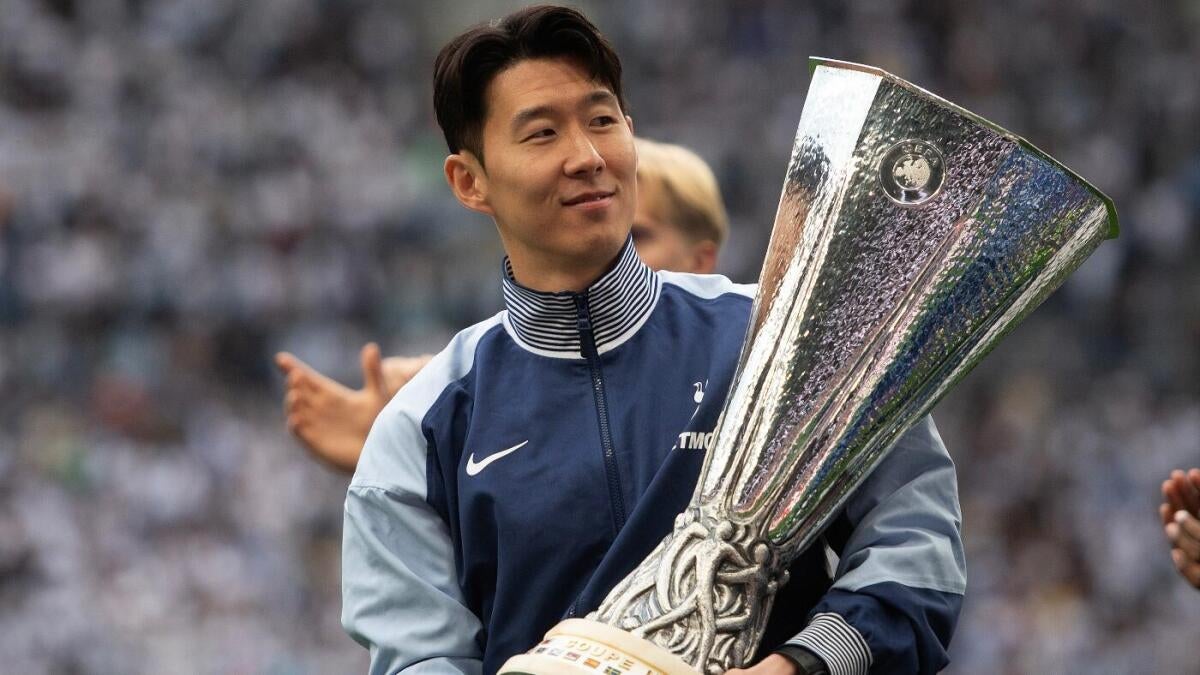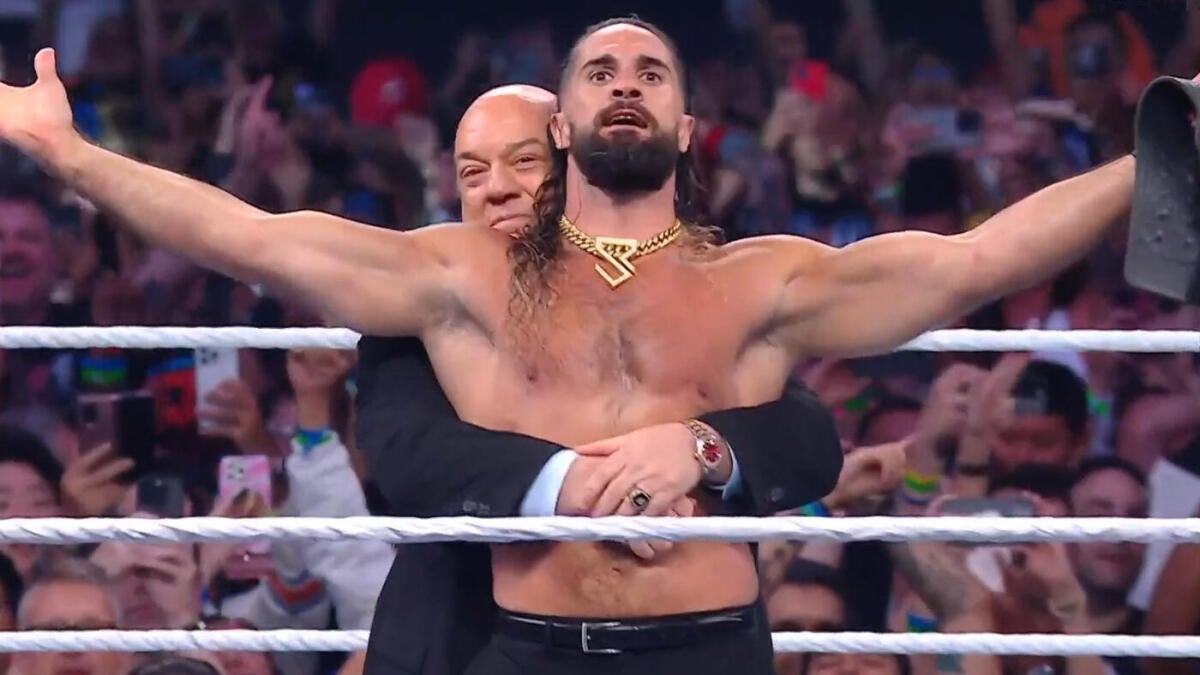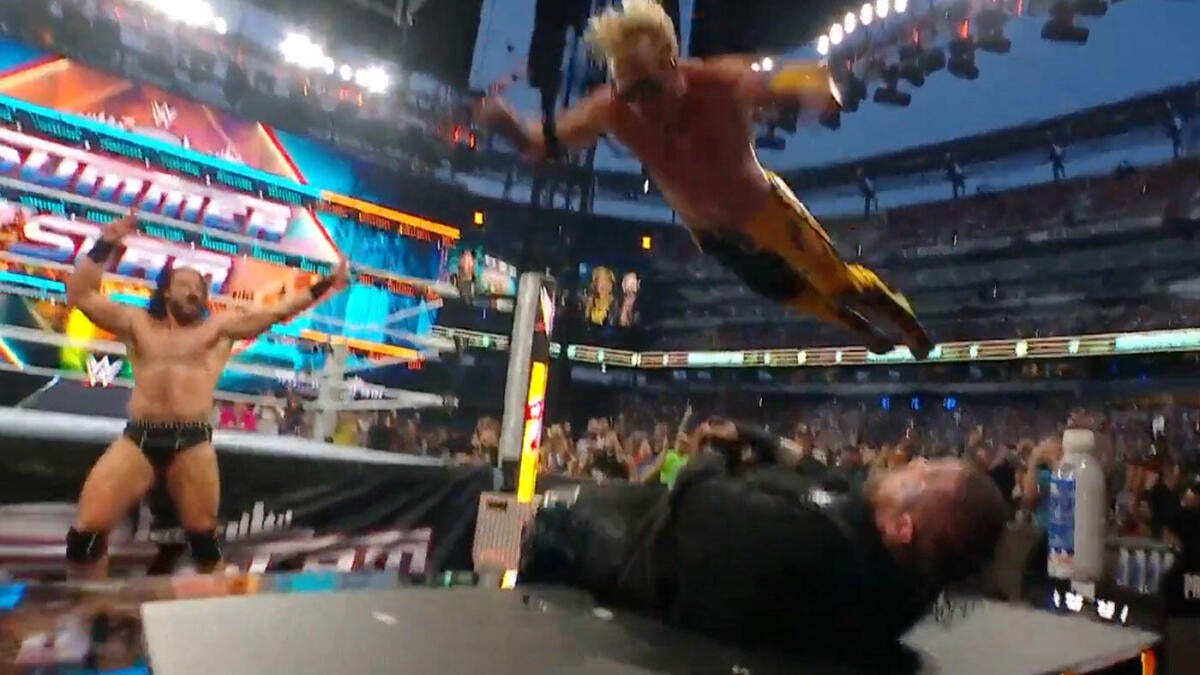The Art and Science of MLB Pitcher Strikeout Props: A Deep Dive
Introduction to Pitcher Strikeout Props
Pitcher strikeout props have become a fascinating niche in the world of sports betting, offering a unique blend of statistical analysis and strategic insight. Unlike traditional bets on game outcomes, strikeout props focus on a single aspect of a pitcher’s performance, making them both intriguing and challenging. This analysis explores the intricacies of MLB pitcher strikeout props, examining the factors that influence them, the strategies for evaluating them, and the potential value they offer to bettors.
Understanding the Mechanics of Strikeout Props
A pitcher strikeout prop bet involves wagering on whether a pitcher will record more or fewer strikeouts than a predetermined number set by sportsbooks. This number is derived from a combination of historical data, current form, and situational factors. The appeal of strikeout props lies in their specificity; they allow bettors to focus on a single performance metric, isolating it from the broader context of the game.
The Role of Pitcher Skill and Repertoire
A pitcher’s ability to generate strikeouts is heavily influenced by their skill set and pitch arsenal. Pitchers with a diverse repertoire, including high-velocity fastballs, sharp breaking balls, and deceptive off-speed pitches, are more likely to accumulate strikeouts. For example, a pitcher like Jacob deGrom, known for his devastating slider and high-velocity fastball, naturally has a higher strikeout potential than a pitcher who relies primarily on control and location.
The Impact of Opposing Lineups
The composition of the opposing team’s lineup plays a crucial role in determining a pitcher’s strikeout potential. Teams with a high strikeout rate (K%) are more likely to swing and miss, making them easier prey for pitchers with strong strikeout stuff. Conversely, lineups with patient hitters who make frequent contact can be more challenging to strike out. Analyzing individual hitters’ strikeout rates and plate discipline is essential for evaluating strikeout props.
Ballpark and Environmental Factors
Certain ballparks are known to be more hitter-friendly or pitcher-friendly, which can indirectly impact strikeout rates. In hitter-friendly parks, pitchers may be more inclined to challenge hitters aggressively, potentially leading to more strikeouts but also more walks. Weather conditions, such as hot and humid weather, can affect a pitcher’s stamina and grip, influencing their ability to maintain velocity and movement on their pitches.
Umpire Tendencies and Game Context
The home plate umpire’s strike zone can subtly influence strikeout rates. Some umpires have a larger or smaller strike zone, which can affect how often pitchers are willing to challenge hitters. Game context, such as the score, inning, and base-runner situations, can also influence a pitcher’s strategy. For instance, a pitcher might be more focused on getting a ground ball than a strikeout when a runner is on third base with less than two outs.
Strategies for Evaluating Strikeout Props
Effective analysis of pitcher strikeout props requires a combination of statistical analysis, situational awareness, and predictive modeling. Here are some key strategies for evaluating strikeout props:
Statistical Modeling and Advanced Metrics
Developing a statistical model that incorporates various factors can help predict a pitcher’s expected strikeout total. This model can range from a simple weighted average of recent strikeout rates to a complex regression model incorporating multiple variables. Advanced metrics like swinging strike percentage (SwStr%), chase rate (O-Swing%), and first-pitch strike percentage (FS%) can provide deeper insights into a pitcher’s effectiveness and strikeout potential.
Matchup Analysis and Lineup Construction
Scrutinizing the matchup between the pitcher and the opposing lineup is crucial. Analyzing individual hitters’ strikeout rates, batting averages against the pitcher’s specific pitch types, and overall plate discipline can provide valuable insights. Additionally, examining the opposing lineup’s construction, such as the presence of strikeout-prone hitters near the top of the order, can help assess the likelihood of a high strikeout total.
Monitoring Line Movements and Utilizing Projection Models
Paying attention to line movements on strikeout props can indicate sharp money or new information that could influence betting decisions. Several sports analytics websites offer projection models that estimate pitcher strikeout totals. While these models should not be followed blindly, they can serve as a valuable input into the overall analysis.
Bankroll Management and Shopping for the Best Lines
Employing sound bankroll management principles is essential. Do not risk more than you can afford to lose on any single prop bet. Diversifying bets across multiple games and pitchers can help reduce variance. Additionally, shopping around for the best lines is crucial, as different sportsbooks may offer slightly different strikeout prop lines.
Case Study: Evaluating a Hypothetical Scenario
Let’s consider a hypothetical scenario involving a Mets starter against the Padres. Suppose the Mets starter is Jacob deGrom, and he is facing the San Diego Padres. Here’s how to analyze this matchup through the lens of strikeout props.
Factors Favoring the Over
- DeGrom’s Elite Skillset: DeGrom is known for his high velocity, exceptional control, and devastating slider. His repertoire is tailor-made to generate strikeouts.
- Padres Lineup Vulnerabilities: While the Padres lineup has talent, it also contains hitters prone to strikeouts.
- DeGrom’s Recent Form: If deGrom has been in good form recently, with high strikeout totals in his previous starts, it could be a positive indicator.
Factors Favoring the Under
- Padres’ Patient Hitters: If the Padres lineup features hitters who make a lot of contact and avoid strikeouts, it could make it difficult for DeGrom to reach a high strikeout total.
- Game Context: If the Mets are winning comfortably, DeGrom might be pulled from the game earlier than expected, limiting his opportunities for strikeouts.
- Ballpark Effects: Petco Park is considered a neutral or slightly pitcher-friendly park.
- DeGrom’s Injury History: A pitcher returning from injury may have pitch count limits or diminished velocity, and may be less likely to accumulate strikeouts.
Making the Decision
After carefully weighing all these factors, a bettor would need to make a judgment call. If the sportsbook has set DeGrom’s strikeout prop at 7.5, and the analysis suggests that he is likely to record around 7 strikeouts, the “under” might be the more prudent bet. Conversely, if the prop is set at 6.5, and the analysis suggests a higher likelihood of exceeding that number, the “over” could be the better play.
Conclusion: The Dynamic Dance of Data and Intuition
MLB pitcher strikeout props offer a compelling blend of statistical analysis, strategic thinking, and real-time observation. By understanding the factors that influence strikeout rates, employing rigorous analytical techniques, and staying abreast of the latest information, bettors can enhance their chances of success in this challenging but rewarding realm. However, it is crucial to remember that no model is perfect, and unforeseen events can always disrupt even the most carefully laid plans. Ultimately, success in MLB pitcher strikeout props requires a combination of data-driven analysis and keen intuition, a dynamic dance between the art and science of baseball.







